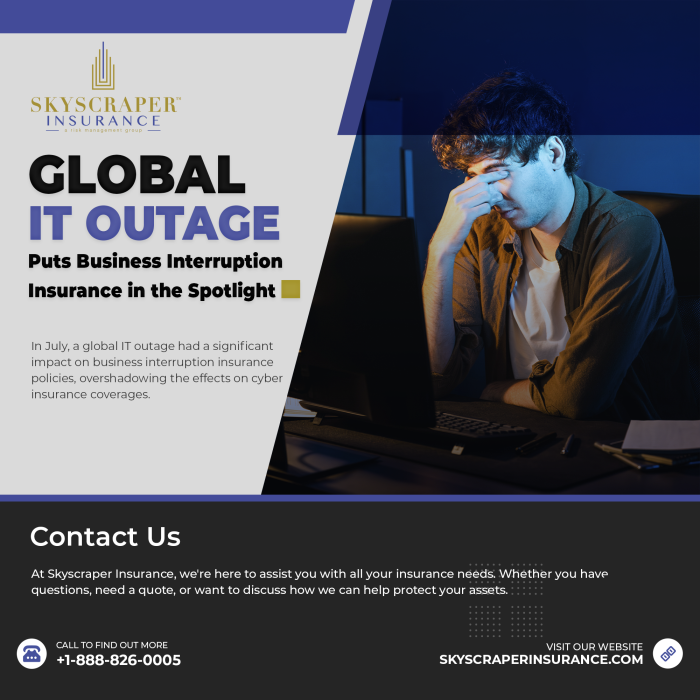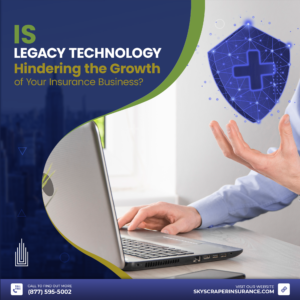In July, a global IT outage had a significant impact on business interruption insurance policies, overshadowing the effects on cyber insurance coverages.
“This incident wasn’t a result of a malicious attack, which is why typical cyber insurance policies may not have been activated,” explained Peter McMurtrie, a partner in West Monroe’s insurance sector, in an interview with PropertyCasualty360.com.
“Where coverage was applicable, factors like deductible amounts, waiting periods, and coverage limits played a critical role in determining the extent of exposure,” McMurtrie noted. “Standard policies for small businesses were less likely to offer coverage, while more complex policies for mid-sized companies and Fortune 500 corporations may have included broader triggers for non-malicious outages caused by third-party software issues.”
The outage was triggered by a software update on July 19, 2024, by cybersecurity firm CrowdStrike, which affected organizations worldwide using Microsoft Windows. This interruption had far-reaching consequences, including disrupting hospital systems, media outlets, financial institutions, delaying thousands of flights, and halting daily business operations.
McMurtrie emphasized that while the initial impact of the outage was similar for both large and small businesses, the ability to recover operations and whether insurance covered the loss of business income varied.
“Larger companies are more likely to have advanced disaster recovery plans that ensure service redundancy following unexpected outages,” he added. “Their insurance programs also tend to cover a wider range of incidents.”
According to Microsoft, the CrowdStrike update error affected over 8.5 million Windows devices globally.
The incident highlighted the interconnected nature of our global ecosystem, including cloud providers, software platforms, security services, and their clients. “It’s a stark reminder of the importance of prioritizing safe deployment and disaster recovery across the tech industry,” the company said in a blog post.
McMurtrie pointed out that the outage’s widespread impact was largely due to its effect on organizations that are critical to societal infrastructure—sectors like agriculture, airlines, banking, energy, government, healthcare, manufacturing, and retail.
“Insurance companies base their risk appetite on their ability to understand and price risks appropriately. This becomes increasingly challenging with emerging threats,” he said. “However, I anticipate that insurers will respond by clarifying policy language, refining risk selection criteria, and possibly developing new products specifically designed for this evolving exposure.”








